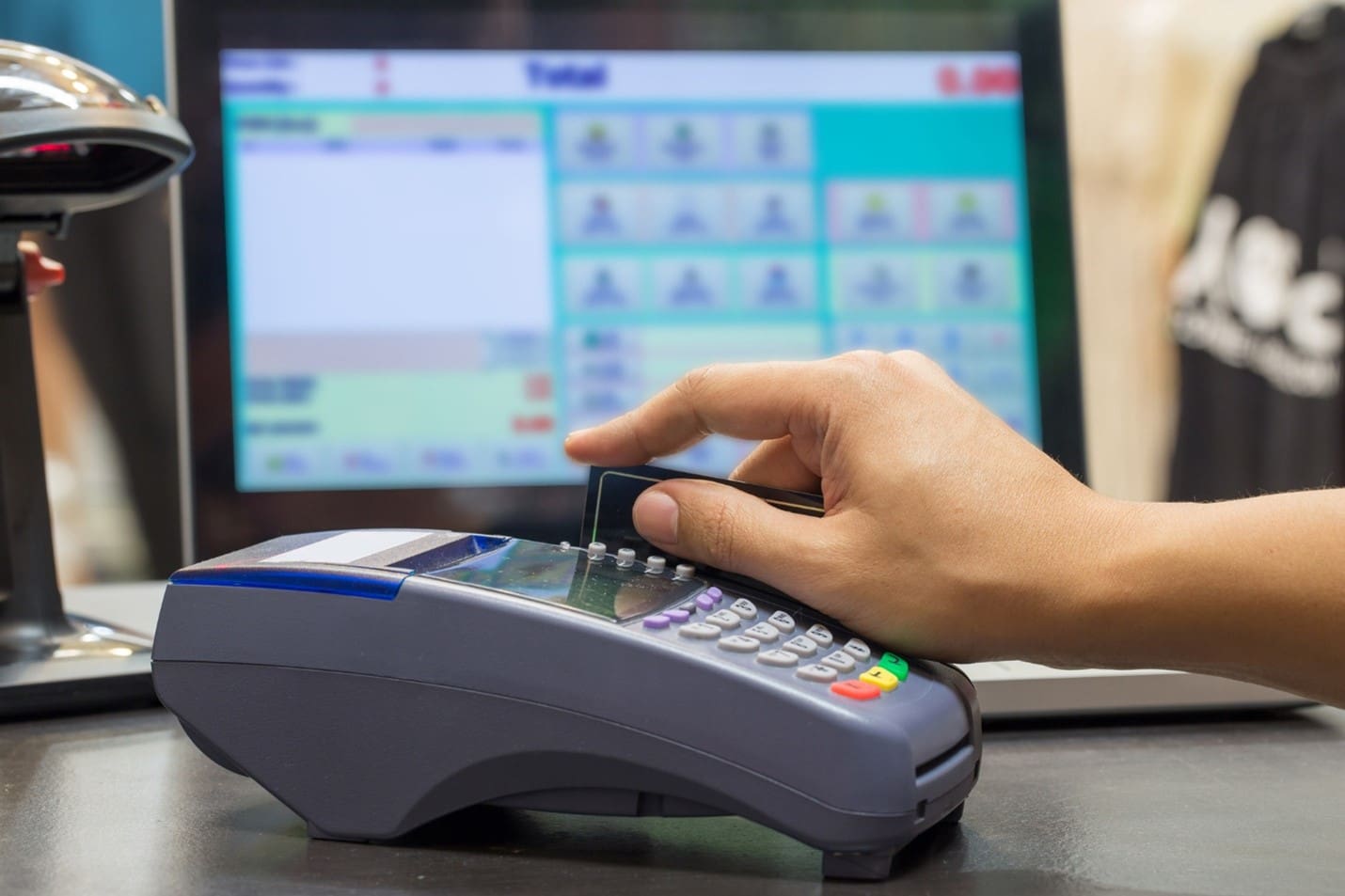In today’s competitive retail environment, decisions must be made faster and smarter. Real-time analytics from POS (Point-of-Sale) systems allow retailers to turn every transaction into valuable insight. Whether it’s understanding which products are trending, identifying customer buying habits, or predicting future demand, POS analytics play a vital role in modern retail management. Accurate data helps retailers plan better and avoid both overstocking and missed sales opportunities.
Real-time analytics means you don’t have to wait until the end of the month to see how your business is performing. As each sale is processed, data is collected and updated instantly. This allows managers to make quick adjustments — from pricing strategies to stock distribution — based on current market behavior. It’s this immediacy that gives retailers a strong edge over competitors who rely on outdated reporting methods.
1. Understanding Real-Time Analytics in POS Systems
Traditional POS systems recorded transactions but didn’t offer much in terms of insight. Modern systems, however, track and analyze every purchase as it happens. These insights include sales volume, customer demographics, purchase frequency, and even peak shopping hours. With this data available in real-time, store managers can make proactive decisions rather than reactive ones.
For example, if a product is selling faster than expected in one branch, managers can immediately transfer stock from slower-moving locations. Similarly, if analytics show a drop in sales for a specific item, the marketing team can create promotions to boost its visibility. Real-time analytics empower businesses to act quickly instead of waiting for monthly reports to identify issues.
2. Improving Sales Forecasting Accuracy
Forecasting sales accurately is one of the toughest challenges for any retailer. Relying on outdated or incomplete data can lead to poor stock management and lost profits. With real-time POS analytics, forecasting becomes far more precise because it’s based on the latest available information.
Retailers can analyze sales trends over time, compare them to current performance, and adjust forecasts accordingly. For instance, if analytics show that certain items consistently sell better before weekends or holidays, inventory can be increased during those periods. This prevents stockouts while also avoiding unnecessary overstocking that ties up capital.
The continuous flow of updated data also helps track seasonal variations, emerging product trends, and customer preferences — making every forecast more grounded in reality.
3. Enhancing Inventory Planning and Distribution
A major advantage of real-time POS analytics is improved inventory control. Retailers with multiple locations can view stock levels across all stores instantly, ensuring better allocation of goods. When combined with sales forecasting, it becomes easier to plan future orders, reduce waste, and keep shelves stocked with what customers actually want.
For example, if data shows that a particular store is selling out of summer clothing faster than others, stock can be shifted accordingly. This flexibility prevents lost sales and enhances overall customer satisfaction. It also reduces the need for heavy markdowns at the end of the season, preserving profit margins.
4. Better Understanding of Customer Behavior
Real-time analytics do more than track sales; they help retailers understand their customers. Insights such as purchasing frequency, average transaction value, and popular payment methods reveal buying habits and preferences. Retailers can then use this information to design targeted promotions and loyalty programs that genuinely connect with customers.
For instance, if data indicates that certain customer segments buy luxury goods more frequently at the start of the month, stores can plan premium product launches or special offers accordingly. Knowing what customers want and when they want it leads to stronger engagement and improved long-term loyalty.
5. Supporting Dynamic Pricing Strategies
In fast-changing retail markets, dynamic pricing — adjusting prices in response to demand — is increasingly common. Real-time POS analytics make this strategy possible by providing instant feedback on how customers respond to price changes. Retailers can test promotional prices, track the results immediately, and fine-tune their pricing without waiting for delayed reports.
For example, if a discount leads to a spike in sales volume but reduces overall profit margins, analytics can highlight this instantly. Retailers can then strike a balance between price and profitability in real time. Such agility ensures that pricing remains competitive while maximizing revenue potential.
6. Linking POS Analytics with Online Sales Data
Today’s retail environment is not limited to physical stores. Many businesses operate both online and offline channels. Integrating e-commerce data with POS analytics gives retailers a complete view of sales performance. When both channels share data, forecasting and inventory planning become much more accurate.
For instance, if an item sells quickly online, the retailer can adjust in-store promotions to match the trend or allocate more stock to physical locations. This synergy between online and in-store data ensures consistency in customer experience and business planning.
Mhouse understands how vital real-time data is for retail decision-making. The brand focuses on delivering intelligent POS systems that help businesses track performance instantly and make informed choices that improve profitability. To see how their technology supports advanced retail operations, visit Mhouse.
7. Building Long-Term Retail Success
When retailers use real-time analytics effectively, they can spot trends early, avoid losses, and capitalize on opportunities faster than competitors. Forecasting based on current, accurate data allows for stronger decision-making at every level — from daily operations to annual strategy planning. Over time, this leads to better stock management, improved sales consistency, and greater customer trust.
Retailers that invest in data-driven systems gain the ability to adapt quickly, ensuring long-term stability even in uncertain markets. Whether it’s planning for a busy holiday season or adjusting to changing customer demands, real-time POS analytics provide the clarity needed for smarter business growth.



